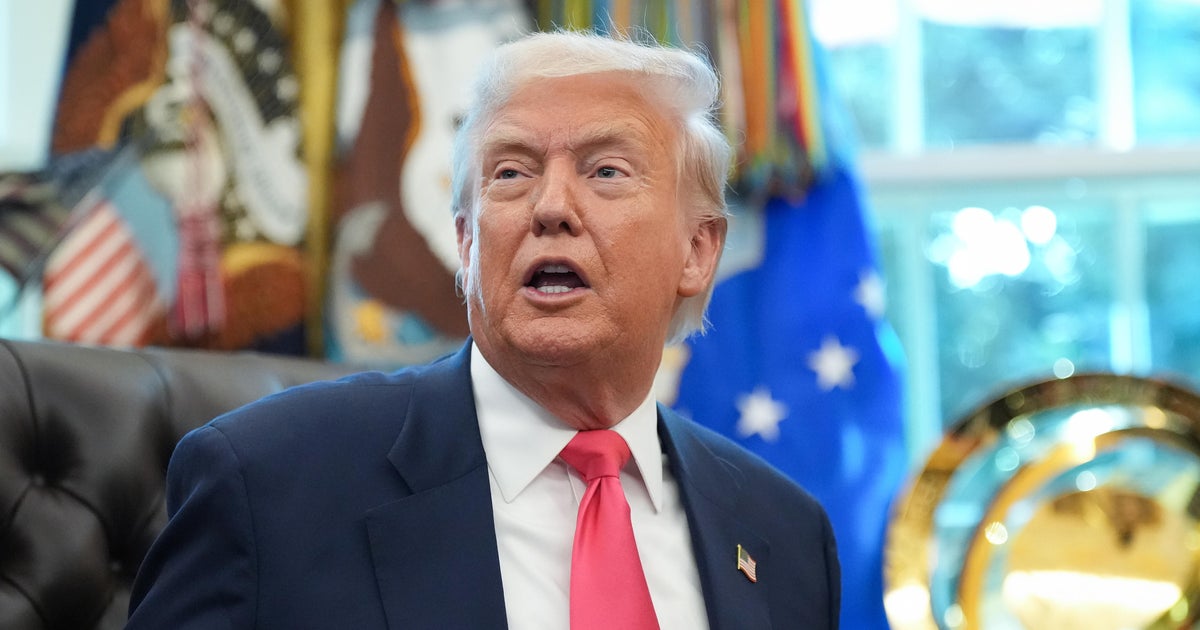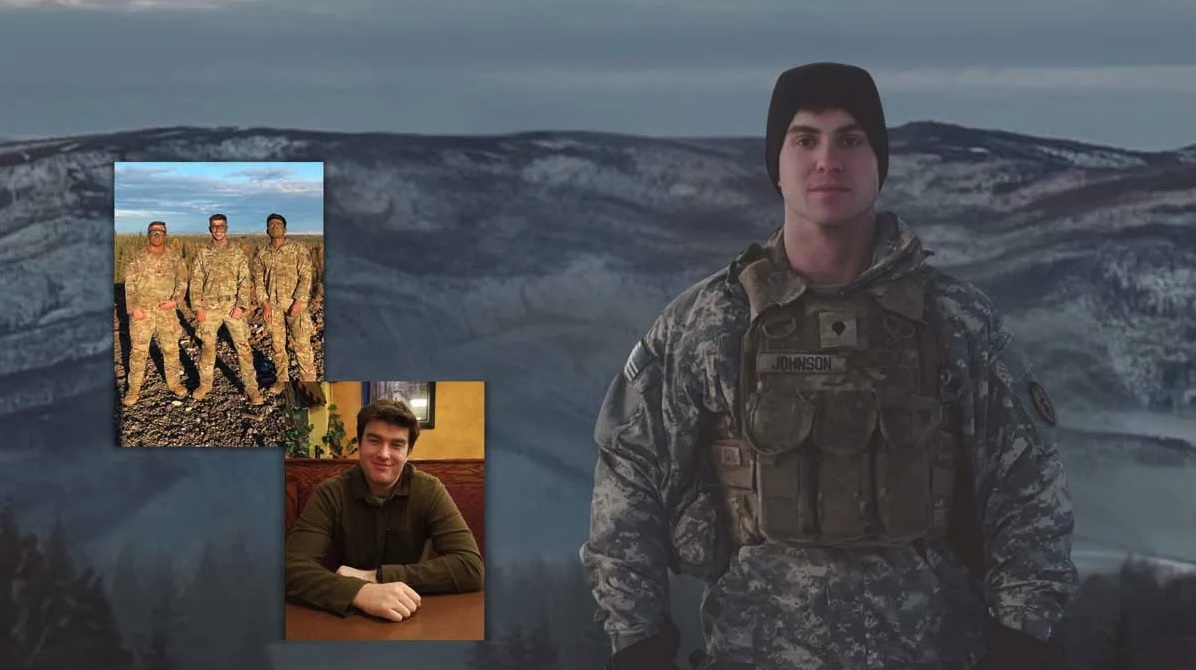
A new U.S. Army special operations forces manual has a mission: to convince the regular Army that the Green Berets have value for conventional combat operations.
It’s a signal that the days of cowboy special operators are over. As the U.S. military switches from small-unit counterinsurgency to big-unit mechanized warfare, ARSOF wants to show that it can contribute to the joint fight.
The focus now is, “How do we show our value to the Army, and how do we help the Army show its value for the Joint Force?” Kimberly Jackson, a researcher at the RAND Corp. think tank, told Defense News.
“You have to prove your relevance,” said Jackson, a former Navy Reserve officer with a background in Naval Special Warfare. “You do that by showing your operational abilities. And that is something that has had to shift a little bit for the special operations community.”
The new FM 3-05: Army Special Operations manual makes clear that the Army’s special forces need to evolve for a world of high-tech, multidomain warfare.
“Our doctrine must describe how ARSOF contribute across the competition continuum — remaining threat informed, strategically driven, operationally focused, and tactically prepared,” wrote Lt. Gen. Jonathan Braga, commander of U.S. Army Special Operations Command, in the foreword to the manual.
Braga describes Army Special Forces as one of the legs of the “SOF-Space-Cyber Triad,” an irregular warfare concept modeled after the strategic nuclear triad. These very dissimilar forces would target enemy command and control, computing, communications, cyber, intelligence, surveillance, reconnaissance and targeting capabilities, or C5ISRT.
FM 3-05 describes what Army Special Forces can bring to conventional combat operations, such as when friendly forces bypass enemy cities and units, leaving stragglers and potential guerrillas behind.
“Army special operations forces operating in the rear area focus on identifying and defeating enemy bypassed units and other threats concealed within the bypassed population to consolidate gains,” the manual advises.
“I think this very much addresses how the Army is thinking about LSCO [large-scale combat operations], and not getting bogged down in an urban fight,” RAND researcher Nathan Prussian told Defense News.
Operating in enemy rear areas, special forces can “target enemy critical vulnerabilities, disrupt command and control, interdict long range fires, and degrade sustainment capabilities in support of the close fight and to shape the operational environment,” the manual explained. On the front lines, they can facilitate battlefield operations by disrupting enemy command and control, long-range fires, and maneuver forces.

FM 3-05 will “better demonstrate USASOC’s alignment with the Army,” U.S. Army Special Operations Command told Defense News in a statement. Previous special forces doctrine spoke of “tempo, preemption, disruption, deception and disciplined initiative,” the command said. In line with the Army’s foundational FM 3-0 operations manual, ARSOF will emphasize “agility, convergence, endurance, and depth.”
Just how much has changed can be seen by comparing the June 2025 release of FM 3-05 with ADP 3-05: Army Special Operations, published in July 2019. For example, the 2019 manual mentions a special forces command element working alongside a corps-level headquarters to coordinate fires and ensure deconfliction between regular and special operations.
The 2025 manual is more explicit about making special forces a part of joint operations.
“A special operations command and control element is task organized for integration into corps or higher-echelon operations (though it can be attached to the highest military echelon conducting operations) and targeting planning cycles,” the manual states. “It also integrates special operations effects into joint force maneuver.”
The new special forces manual also seems to be an attempt to achieve unity of command and avoid the problems of the Afghanistan and Iraq wars, where special operations units and regular forces ran separate campaigns.
“At the two-, three- and four-star level right now, you have a lot of leaders who look at how we conducted the War on Terror with the lack of integration of SOF into the local campaign of the coalition forces,” said Prussian, a retired Army colonel and former commander of 3rd Special Forces Group. “So you had parallel chains of command. And that seemed like a good idea at the time, but it didn’t play out very well.”
The joint mindset is already percolating down to the ARSOF community. Army Special Forces that once disdained training with regular troops now routinely participate in joint exercises in places like the National Training Center.
“Where in the past, we said, ‘We’re not going to do that. We’re too busy, or we don’t necessarily feel like we need to,’” Prussian recalled, “Now it’s, ‘Hey, we are going to do that because we know that it is the best thing to do for the fight that is coming.’”
Despite the nods to 21st-century warfare, the Green Berets will still continue their traditional missions dating back to their founding in 1961, such as organizing and training foreign armies. FM 3-05 points to how Army Special Forces — mainly from the 10th Special Forces Group — advised the Ukrainian military from 2014 to 2022.
“As a result of U.S. and NATO SOF and conventional military support Ukraine developed an assortment of resistance capabilities and networks by early 2022,” the manual states. “Ukrainian special operations forces mapped key infrastructure, identified targets, established relationships with local civilian networks, and developed protocols for rapid information sharing.”
Regardless, an organization that prided itself on independence and initiative — sometimes to the displeasure of the rest of the Army — will have to change its mindset.
“I think it’s inevitable that to maintain relevance, you have to show value for a joint fight,” Jackson said. “You can no longer operate as a monolith.”










-3.png)



